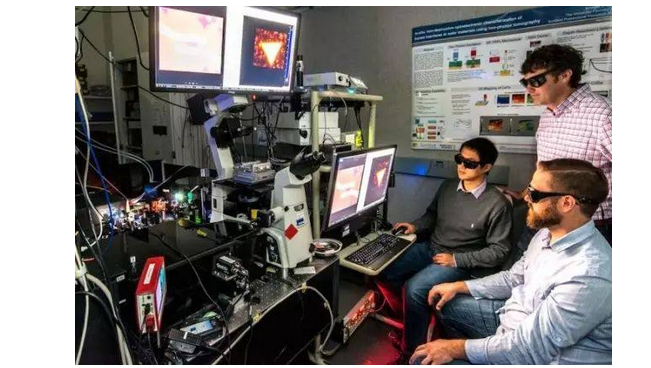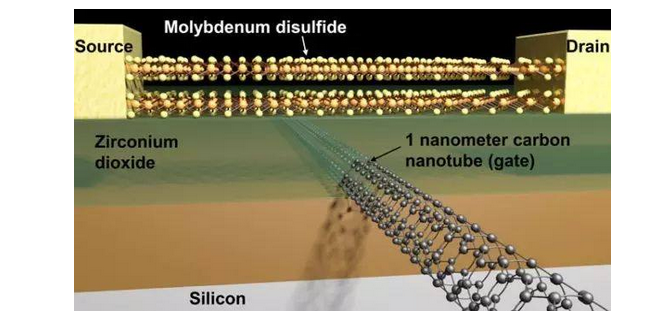As a typical two-dimensional material, graphene has been widely used in various fields and is highly sought after by the scientific community and industry. So, what is a two-dimensional material. Simply put, two-dimensional materials refer to materials in which electrons can move freely (planar motion) on non-nanoscale (1-100 nm) in two dimensions, such as: graphene, boron nitride, transition metal compounds (disulfide) Molybdenum, tungsten disulfide, tungsten disilicide, black phosphorus, and the like.

The application fields of 2D materials are very broad. Combining the previous introductions of the authors, examples are as follows: spintronics, printed electronics, flexible electronics, microelectronics, memory, processors, hyperlenses, terahertz, supercapacitors, solar cells, security labels. , quantum dots, sensors, semiconductor manufacturing, NFC, medical, etc.

In addition to graphene,
molybdenum disulfide (MoS2) as a typical two-dimensional material is also worthy of our attention. Molybdenum disulfide consists of a molybdenum atom and a sulfur atom, and has a thickness of only three atoms. The thinness of graphene is almost the same, but molybdenum disulfide has a band gap of 1.8 eV, while graphene does not have a band gap. In this regard, the author once introduced that the research team of the US Department of Energy's Berkeley Lab has accurately measured the band gap of the semiconductor two-dimensional material molybdenum disulfide (MoS2), and also revealed a powerful The tuning mechanism and the relationship between the electronic and optical properties of a two-dimensional material.

Furthermore, in terms of electron mobility (the moving speed of electrons in a planar sheet), the electron mobility of molybdenum disulfide is about 100 cm 2 /vs (ie, 100 electrons per square centimeter per volt), albeit much lower than the crystal. Silicon has an electron transfer rate of 1400 cm2/vs, but it has a better migration rate than amorphous silicon and other ultra-thin semiconductors.
Molybdenum disulfide is particularly suitable for applications in transistors, flexible electronics, LEDs, lasers, and solar cells because of its excellent semiconductor characteristics, small size, ultra-thin, and softness.
TRUNNANO (Luoyang Trunnano Tech Co., Ltd ) is a professional Molybdenum disulfide manufacturer with over 12 years experience in chemical products research and development. If you are looking for high quality Molybdenum disulfide, please feel free to contact us and send an inquiry.


